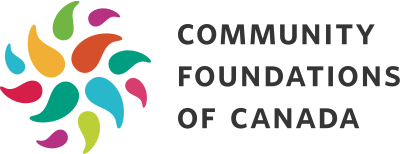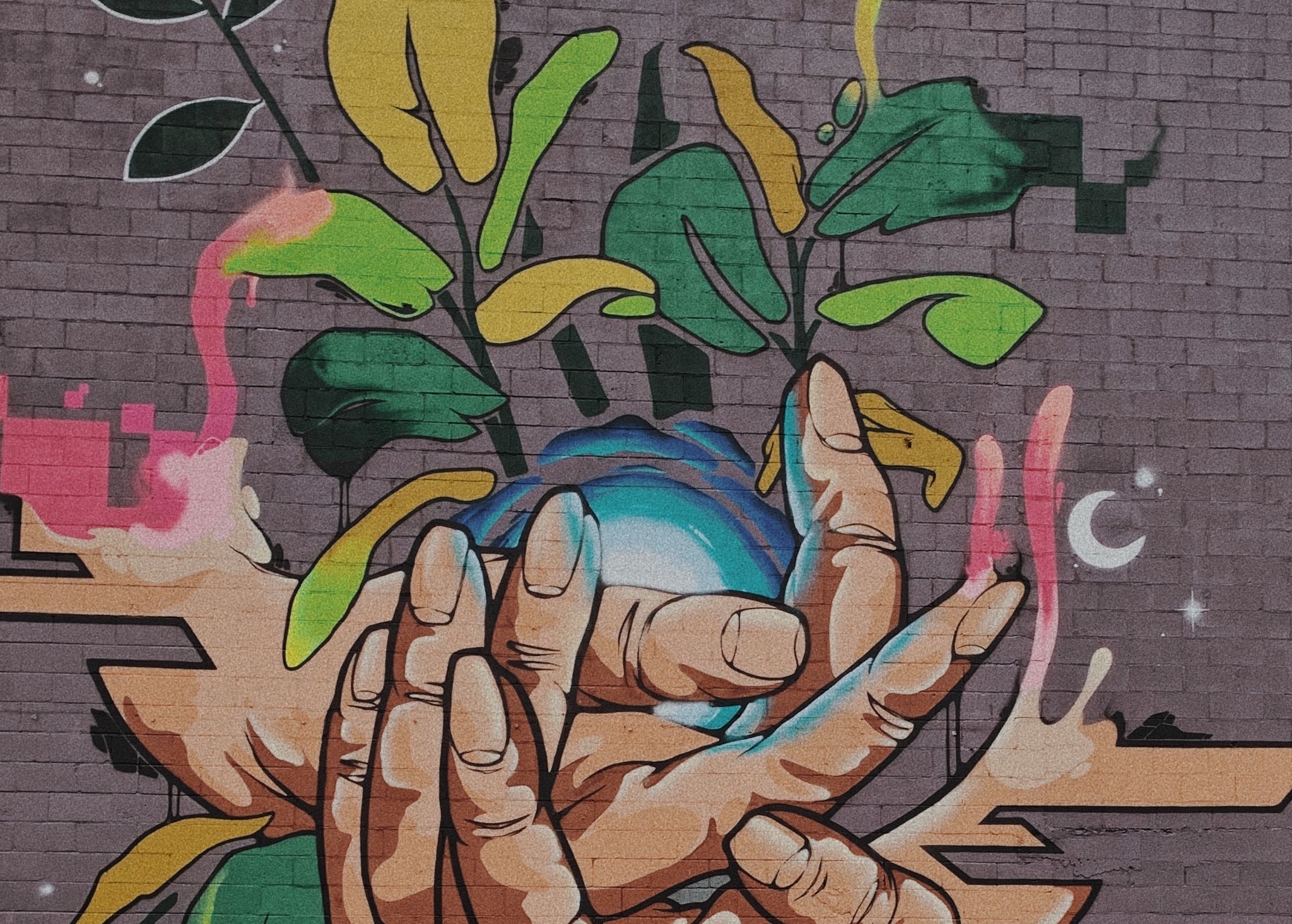This story is part of an ongoing series on community foundations working towards the United Nations Sustainable Development Goals (SDGs). For more information about the SDGs, view our SDG Guidebook and Toolkit.

Every morning, five truck drivers in Victoria, B.C., have a mission: pick up fresh food from grocery stores and deliver them to a warehouse run by the Mustard Seed. They’re diverting food that would have been destined for the landfill, whether they are bruised tomatoes or cauliflowers close to their expiry date.
The nondescript warehouse is the Food Security Distribution Centre, one piece of an ambitious and sprawling Food Share Network project to solve food insecurity in the Capital Region of British Columbia. Solving food insecurity is a goal that’s ever-crucial, but one that is highlighted even more by the times we’re living in now, where many families have had their world turned upside down by the global pandemic.
The project is also key to the Victoria Foundation’s commitment to the second UN Sustainable Development Goal (SDG) — zero hunger by 2030.
“The goal is a food secure region,” says Sandra Richardson, the CEO of the Victoria Foundation. Richardson says the project began when the foundation collected statistics showing that more than 50,000 people were food insecure in the Capital Region. “We used it as our jump-off spot,” she says.
In 2013, the foundation created a comprehensive roadmap of the food insecurity problem alongside the Capital Region Food and Agriculture Initiatives Roundtable and 43 other organizations. While huge amounts of food were being thrown out in supermarkets, around 14 percent of the region was going hungry.
“When you went into supermarkets to see their process, you would get a beautiful flat of tomatoes and one of them, maybe two, wasn’t great, so the whole flat went off,” Richardson says. “there are so many people who are relying on a food bank, which typically offers non-perishable and canned goods and a lot of refined sugar.”
It was clear that things needed to change.
How partnerships made a lasting impact
A pivotal point came when the region began charging grocery stores for the amount of food they dumped. Supermarkets were eager to partner to reduce their waste, and after three pilot projects, the Foundation matched funds with the Rotary Clubs of Greater Victoria to launch the Food Rescue Project in 2017.
The Victoria Foundation, together with Vancity Credit Union and the B.C. provincial government, purchased the warehouse for the Mustard Seed Church in 2018. Now that the Mustard Seed owns the space, they can lease it out to small food producers. This supports the project and the local food economy.
Produce from the centre now feeds 35,000 people and goes to more than 50 organizations, including retirement homes, transition houses, schools, First Nations communities and others. Another 7,000 people are fed through the Mustard Seed’s own food market and hot meals program.
On track for Zero Hunger by 2030
The foundation began using the UN SDGs to evaluate the success of local initiatives in 2017, and the second goal is on the wall of the Food Security Distribution Centre. “You’ll see the number two hanging there, which is zero hunger,” says Richardson. “[The project] has led to much more knowledge and communication around not just that one SDG but all of them.”
Addressing food insecurity is most clearly connected to SDG 2 (‘Zero Hunger’), but it also links to issues of poverty and homelessness (SDG 1 ‘No Poverty’). “We started on the second goal because it seemed to be the most wicked problem of the time,” Richardson says. “It’s not something you can [solve] once and it goes away. You have to maintain it.”
But the project will also help the foundation build a more environmentally sustainable and resilient food economy. In the 1970s, Vancouver Island produced around 70 percent of its own food, but only nine to ten percent is produced locally today. If ever the supply chain was disrupted where no food could reach Vancouver Island, the food supply on the island would last only three to five days.
So, what’s next?
The next phase will be developing the Food Security Distribution Centre as a food hub for the region, including food literacy programs, job training and the leasing of spaces to local producers. Providing fresh food to people who need it is an important starting point.
“People function better when they’re getting whole foods and healthy nutritional foods in their bodies,” says Janiene Boice, Director of Development with the Mustard Seed. “They can work at a higher capacity, and work through crises and challenges better. I believe that the impact is generational.”

These stories were compiled in collaboration with writers from The Starfish Canada. We are proud to work with youth progressing the SDGs in Canada.




